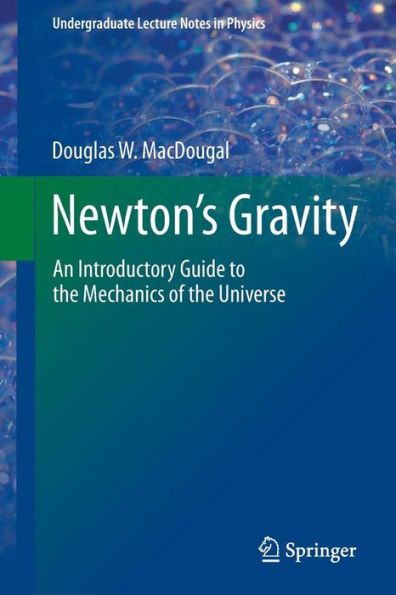5
1
9781461454434



Newton's Gravity: An Introductory Guide to the Mechanics of the Universe / Edition 1 available in Paperback, eBook

Newton's Gravity: An Introductory Guide to the Mechanics of the Universe / Edition 1
- ISBN-10:
- 1461454433
- ISBN-13:
- 9781461454434
- Pub. Date:
- 12/16/2012
- Publisher:
- Springer New York
- ISBN-10:
- 1461454433
- ISBN-13:
- 9781461454434
- Pub. Date:
- 12/16/2012
- Publisher:
- Springer New York

Newton's Gravity: An Introductory Guide to the Mechanics of the Universe / Edition 1
$84.99
84.99
In Stock

Product Details
| ISBN-13: | 9781461454434 |
|---|---|
| Publisher: | Springer New York |
| Publication date: | 12/16/2012 |
| Series: | Undergraduate Lecture Notes in Physics |
| Edition description: | 2012 |
| Pages: | 433 |
| Sales rank: | 710,630 |
| Product dimensions: | 6.10(w) x 9.00(h) x 1.20(d) |
About the Author
From the B&N Reads Blog
